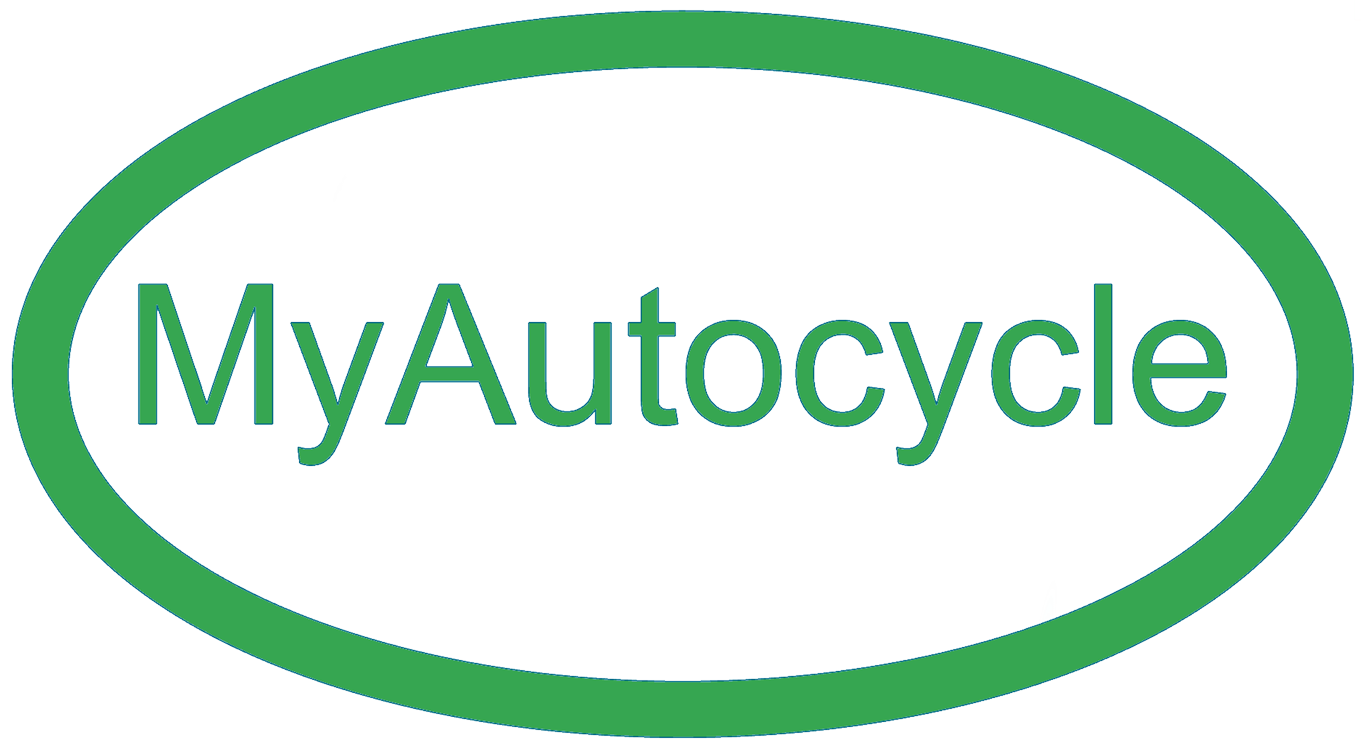
Production Plans
Please keep in mind that this may change as we go along. The goal is to get products out to customers as soon as a capability allows. We want to have people driving vehicles, not looking at them on a web site. The quickest way to do that is to start in kit form and build on that. The goal is to start off small with kits and progress to finished vehicles. Parts and vehicles will be sold only by dealers. Initially the idea is to have three Dealer levels.
Level 1: Dealers can only sell un-assembled vehicles and parts. No assembly will be done at the dealer. There will be a lot more of these types of dealers. A dealer under this classification could be a small business or auto parts store.
Level 2: Dealers will have the same capability as level one dealers but in addition will also sell completed road ready vehicles like conventional car dealers. These dealers will also perform basic services.
Level 3: Dealers are essentially assemblers taking the factory parts and turning them into completed vehicles if the customer wishes. This allows for a degree of customization compared to factory ready vehicles. This is similar to what some motorcycle shops do with some motorcycles that come in crates. In addition to this they will also sell completed cars delivered direct from the factory. This is the most technical of the dealership types as every customer need we be able to be taken care of.
Production Process:
Stage 1: Initial R&D, prototype building. While this is most apparent in stage 1, there will be a constant circle of product and process improvement in all stages. It would be really nice to come up with a finished product that never needs improvement, but that is simply just not realistic. If you tried to do that you might take decades to come to market, and be millions and millions in debt……..
Stage 2: Frame tube sets (bones kits) of the prototypes go on sale. This is the ultimate home builder project. This is for the hard core people to play with and give us feedback.
Stage 3: “Dune” tube kit and chassis go on sale. This is the primitive chassis version of the vehicle with no body panels.
Stage 4: “Dune” rolling chassis, no motor yet.
Stage 5: Complete “Dune Kit” with a basic motor.
Stage 6: “Road kit” Meets basic requirements to be a street legal rolling chassis kit with motor. We will do as much as possible to make this as close to being road ready without getting tangled up in red tape.
Stage 7: Finished basic vehicle. This will be one of the hardest stages, due to the volume of governmental regulations, paperwork and so on. This will not be classified as a kit.
Stage 8: Complete vehicle with air bags and creature comforts. These will be complete like any other car you buy off a car lot. This will not be classified as a kit.
A couple words about the vehicle. It is being designed around the idea of cost, ease of maintenance and ease of modification / customization. The frame is being designed with versatility in mind. It should be able to accept a front wheel drive gas or electric motor, or a rear motorcycle engine. The goal is to produce a vehicle that you can get and keep on the road with minimal cost, only choosing what you need. After that you can add parts until you work your way up to the vehicle that you want it to be. Doing it this way will avoid having a big dreaded monthly car payment. If you want a completely finished vehicle and you don’t mind the all at once price tag that option should become available too.
A word about kit cars. Lots of people are going to say that kits don’t hold their value.
I’m fine with that. I would have been ecstatic if my brand new truck went down in value before the last time I had to pay taxes on it. Wouldn’t you prefer to have a vehicle with lower taxes? When I look at buying a car, I don’t need a number in a computer to tell me what condition it is in or what it is worth to me. I like to make my own decisions.
